The Enduring Allure: Geisha in the 21st Century – Where the Flower and Willow World Still Blooms
- Larisa Ion
- Jul 8
- 3 min read
For many, the geisha might seem like an exquisite silhouette from history books, an ethereal presence confined to faded woodblock prints or the dramatic narratives of period films. Yet, to dismiss them as mere relics would be to overlook one of Japan's most captivating and resilient cultural phenomena. Step into certain quiet, lantern-lit corners of Japan's ancient cities, and you'll discover a vibrant, living tradition that continues to enchant and intrigue: the world of the geisha, known to its initiates as the karyūkai – literally, the "flower and willow world." Far from being quaint anachronisms, geisha are very much a vital part of 21st-century Japan, meticulously upholding centuries-old arts and offering a profound, unique window into a refined cultural heritage shaped by rigorous discipline and unwavering dedication.
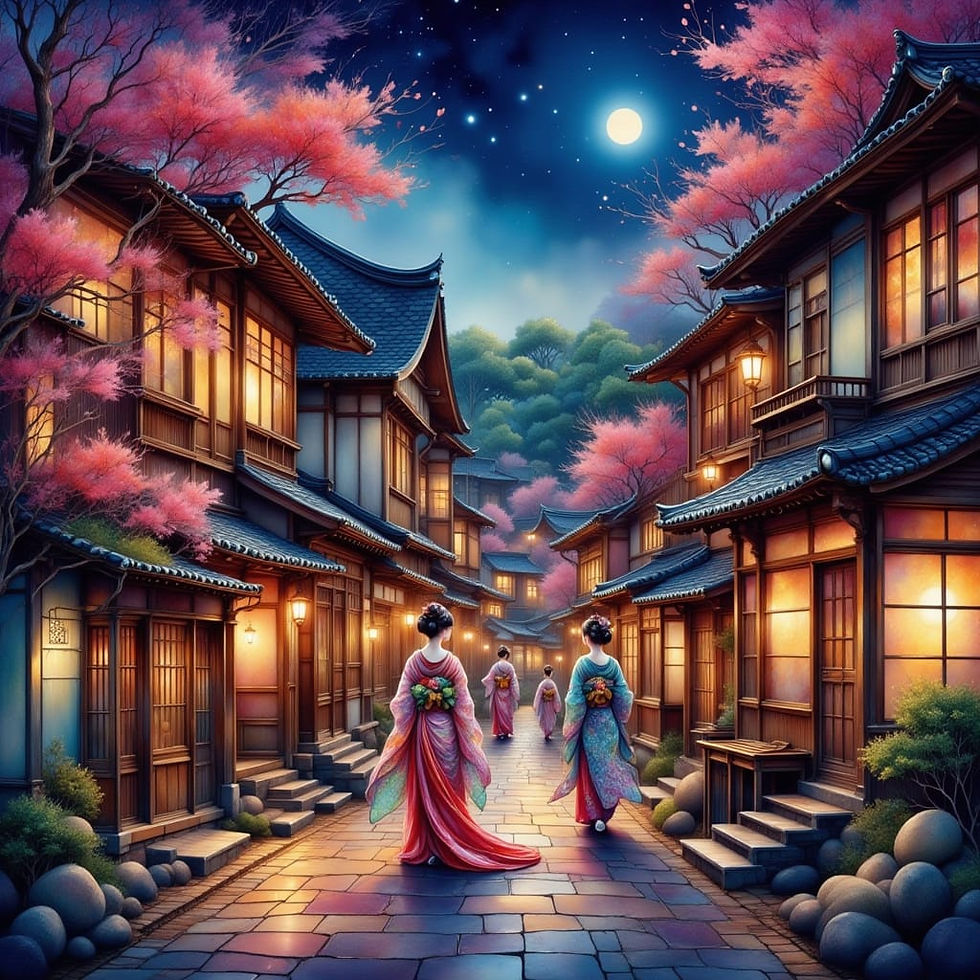
While their numbers are undoubtedly smaller than in their opulent golden age, the geisha districts, or hanamachi ("flower towns"), still quietly, yet vibrantly, thrive across the archipelago. Kyoto, the ancient capital and spiritual heart of Japan, remains the undisputed epicenter, proudly hosting its five renowned hanamachi: the prestigious Gion Kobu, the charmingly narrow alleyways of Ponto-chō, the historic Kamishichiken, the spirited Miyagawachō, and the more intimate Gion Higashi. Each district possesses its own subtle character and historical narrative, with their distinctive machiya (traditional wooden townhouses) converted into elegant tea houses (ochaya) where geisha entertain, or okiya (geisha houses) where they reside and train. Even in the bustling metropolis of Tokyo, you can still find active districts such as the sophisticated Kagurazaka and the lively Asakusa, though their presence might be subtly woven into the modern urban fabric rather than dominating an entire quarter. Beyond these major cultural hubs, smaller, dedicated communities of geisha also persist in places like Kanazawa, Atami, and Fukuoka, each adding their unique regional flavor to this enduring legacy.
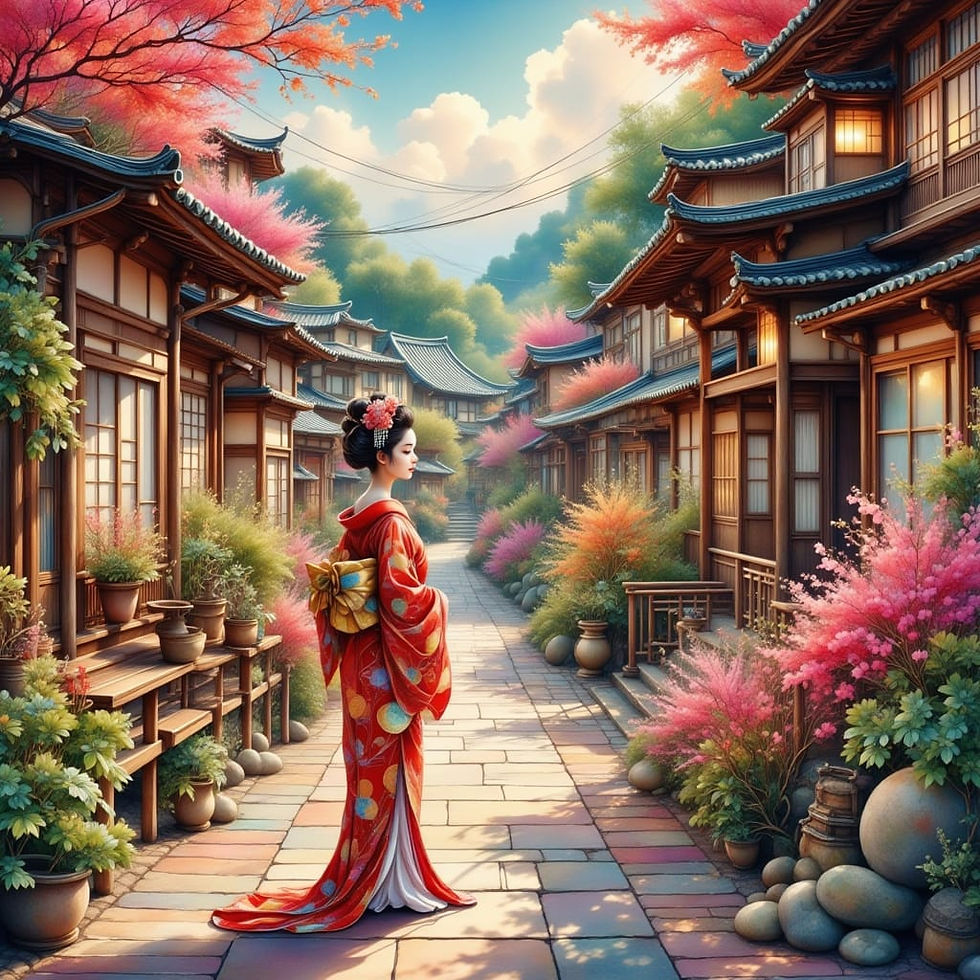
These hanamachi today maintain an atmosphere steeped in palpable history, yet they are far from static museums. Within their timeless confines, the gentle strumming of the shamisen (a three-stringed lute), the melodious strains of traditional singing, and the quiet laughter of convivial conversation continue to resonate from behind the sliding doors of the ochaya. The distinctive, breathtaking sight of a geisha or a junior geisha (maiko) – adorned in her multi-layered, often hand-painted kimono, with her meticulously styled hair (or elaborate wig) and the characteristic okobo (tall wooden clogs) creating a rhythmic clip-clop – hurrying to an engagement, is still a magical, everyday occurrence within these specialized zones. This living continuity is a powerful testament to incredible resilience; this tradition has weathered profound societal shifts, from the rapid Westernization of the Meiji Restoration to the economic upheavals and even the existential threats of World War II and the Allied occupation, emerging each time with its core artistic spirit not just intact, but subtly adapted and fiercely preserved.

What truly defines these contemporary geisha is their unwavering dedication to their art. They are not simply historical reenactors performing for tourists; they are the living embodiment and active custodians of classical Japanese dance (Nihon Buyō), music, and the highly refined art of hospitality. Every intricate movement in their dance, every nuanced note from their instruments, and every eloquent, witty word spoken in conversation is the culmination of years, often decades, of incredibly rigorous training. This journey cultivates not only technical mastery but also a profound understanding of Japanese aesthetics, poetry, and social etiquette. They are the active transmitters of an artistic lineage stretching back centuries, ensuring that the subtle gestures of a fan, the melancholic beauty of a folk song, or the precision of a classical dance are not lost to time.
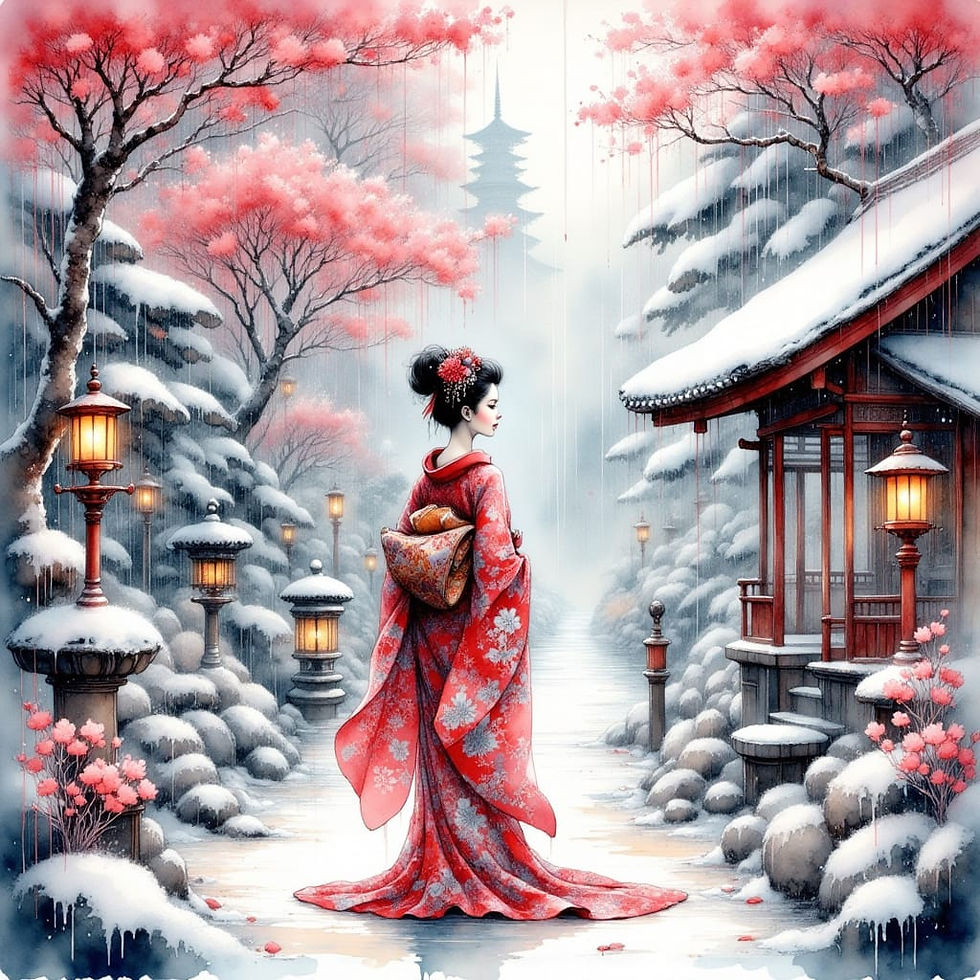
So, the "flower and willow world" isn't a romanticized, forgotten dream; it's a vibrant, meticulously maintained reality, nurtured by a select group of dedicated artists. They serve as essential cultural bridges, allowing those who seek a deeper, more authentic understanding of Japan to experience its profound artistic and social traditions firsthand. Their quiet persistence, their elegant adaptation in the face of a rapidly changing world, and their unwavering commitment to beauty are, perhaps, their most compelling and enduring artistry of all.

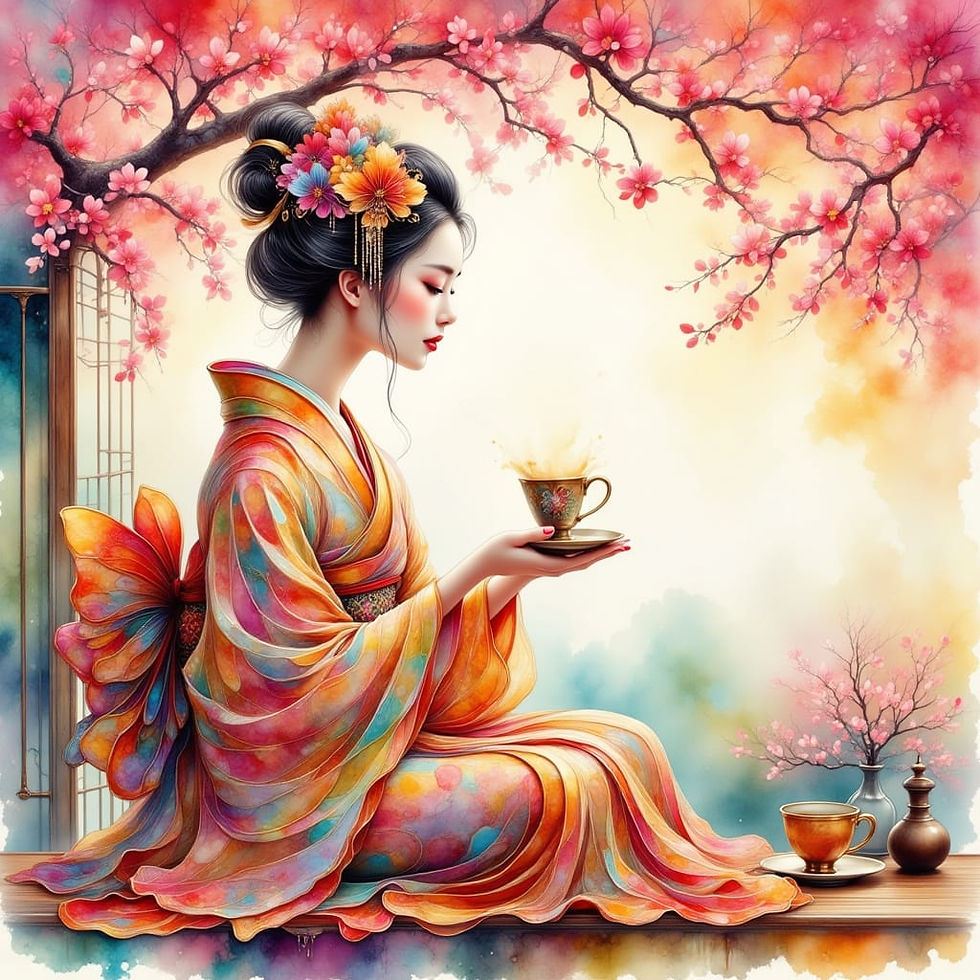
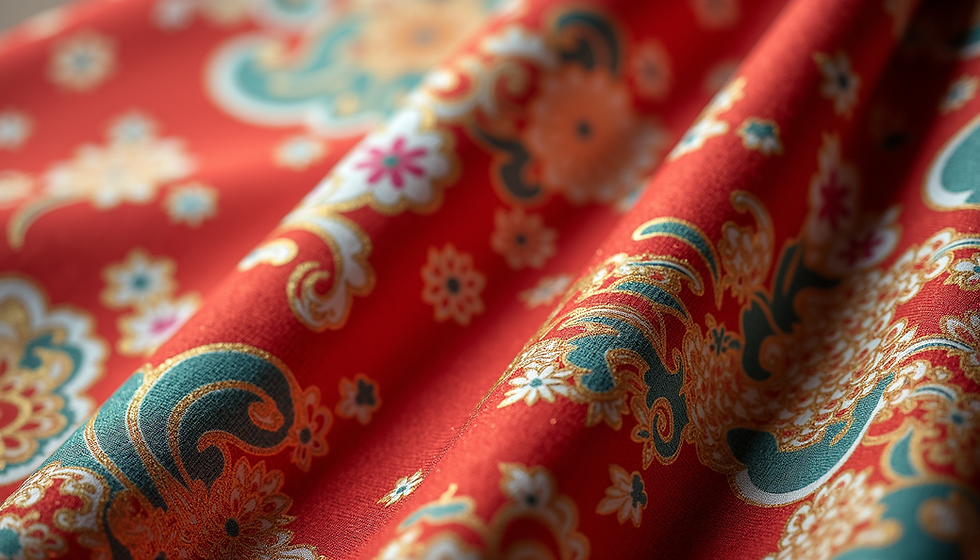
Comments